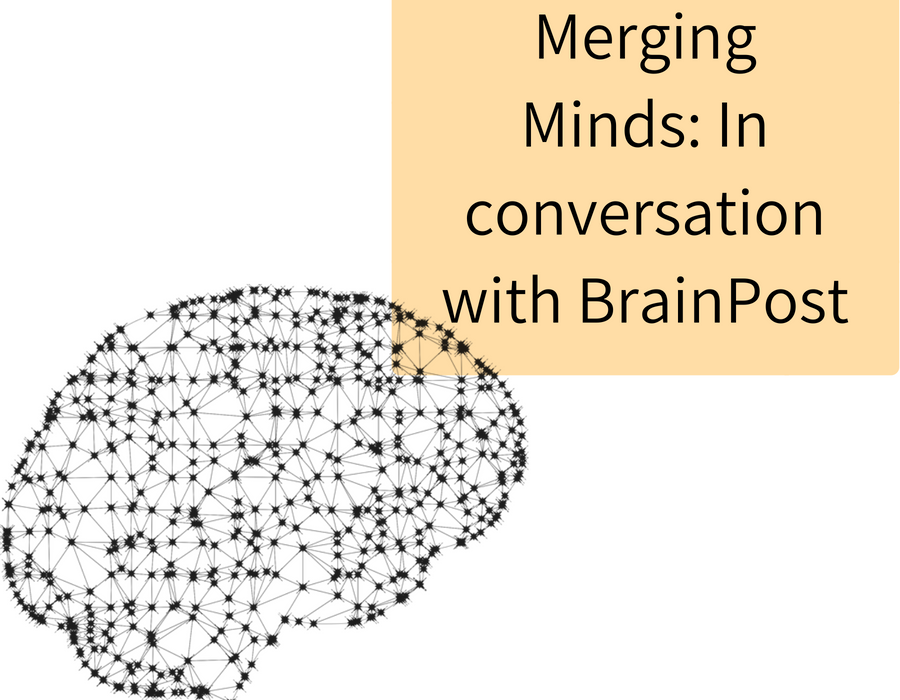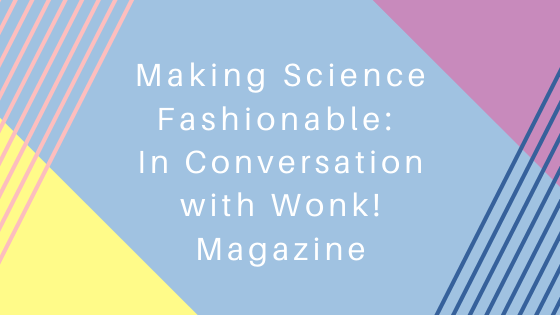This week, we’ve had the pleasure of interviewing Kasey and Leigh from BrainPost, an e-newsletter the pair set up to summarise the latest neuroscience research into concise, weekly bulletins. We chatted to them about what goes into their work on BrainPost, their thoughts on communication between scientists, and the issues facing women in STEM.
Can you tell us about your scientific backgrounds and what inspired you to start BrainPost?
Kasey is a PhD candidate in Medical Science (Neuroscience) at the University of Toronto (Canada), and currently studies how brain function may be altered in individuals with chronic pain. She uses neuroimaging techniques like magnetic resonance imaging (MRI) and magnetoencephalography (MEG).Leigh completed her PhD in 2016 and is currently working as postdoctoral research fellow at Stanford University (USA). She currently combines neuroimaging techniques (MRI & PET) and genetics to study vulnerability to neurodegenerative disorders.We were inspired to start our e-newsletter, BrainPost (www.brainpost.co), when we identified a need for scientifically accurate, concise summaries of recent neuroscience publications. We found that, as neuroscientists, we were able to keep up with new neuroscience publications in our immediate area of expertise, but we didn’t have time to read as widely as we would like within other fields. Some new studies will get picked up by the media, but not all! Plus, most news articles do not provide enough scientific detail, while reading the full length publication can be too time consuming. We wanted something different; a short but scientific summary of the research that could be more easily digested and convenient to read.
You summarise multiple publications on a regular basis on BrainPost. What is your process for summarising the latest neuroscience research?
Great question! I think the way we go about writing the posts is a bit unique. Our process is as follows:
- We select recent (published within the last week) peer-reviewed neuroscience publications in high quality journals that we feel may be particularly impactful or influential. We aim to write about a variety of methods and techniques.
- We read the entire paper and summarize the background that lead the authors to perform the study, the key methods and results, and the main take-home messages.
- We reach out to the original study authors for comment and ask them to verify that our summary is scientifically accurate or to edit it when necessary.
- We publish the summaries along with a picture or diagram to help explain the main methods or results. The e-newsletter comes out weekly!
When the authors are comfortable, we encourage BrainPost readers to engage with them and ask questions by sharing their social media handles along with our content. You can find us on Twitter & Facebook @brainpostco!
What have you learnt about the scientific community and how they communicate their data?
We are so excited that the scientific community is becoming more educated on the importance of science communication. These efforts, which are typically aimed at the general public, are critical because science impacts everyone’s lives daily, and because they can help to improve scientific literacy.Within the scientific community, however, papers and conference presentations are the gold standard for communicating research findings to

one another. These methods are certainly valuable and necessary, but there are some limitations. For example, not all papers are accessible (open access), or scientists may not be familiar enough with the methodologies used in the study to easily understand it. Conference presentations can be limiting because some scientists cannot attend as many as they might wish, and timing new research findings with conference dates sometimes doesn’t work out.I think we’ve learned that the way scientists consume research findings can be improved. There’s this notion that rigorous science can’t or shouldn’t be condensed. There’s also an assumption that because members of the scientific community have the skills necessary to read a scientific paper, if they’re interested in a new study they will simply read the paper. But, scientists are busy people. Just like the public, they too need better science communication! Improving communication within the science community can then help to better translate this information to the public.We’ve also observed that the majority of scientists we speak to are happy to engage on social media with those interested in their work, if given the opportunity. It can be incredibly gratifying to get feedback from a different perspective or to gain an awareness of what sort of questions the public has about your work. By publishing scientifically accurate summaries that the scientists have input on and can discuss with the greater scientific community, we hope to narrow the gap between scientists and the public. It can be frustrating as a scientist to see your work misrepresented or exaggerated in some headlines media. While there has been a lot of discussion around how social media can polarize viewpoints, we think it has the potential to do the opposite for science.
At a time when, in many industries across the globe, we are discussing the discrepancies in the treatment of women and men in the workplace, are there any particular challenges you have found that women in science face? What would you like to see changed about such circumstances?
As two women, we know there are many challenges faced by #womeninSTEM right now that need to be addressed – and these challenges can be magnified for women of colour, women with disabilities, and members of the LGBTQ+ community.

Something that’s important to highlight is the need to be actively aware and educated on the factors that push women out of STEM, in order to be able to combat them. It’s really easy to agree there should be more women in STEM, point to issues like personal choice, family or a lack of role models, and conclude that not much can be done. In fact, many women are actually pushed out of STEM due to workplace culture or biases. The 2014 report on Gender Bias against Women of Colour in Science identifies five biases that drive women out of STEM. For example, women often feel they must constantly prove their competence again and again, and that they are stereotyped as less competent or committed if they have children. We need to value education on behaviours and practises that promote retention and respect for women and other minority groups in the lab just like we value education on lab safety procedures.In a small way, we hope that BrainPost can help to break down stereotypes by sharing our summaries of new research studies while linking them to the real people doing the work. When you can engage with the scientist directly after learning about some new research being done, it’s harder to maintain stereotypes about what the scientist might look like or who they might be.
Finally, what are your goals for the future of BrainPost?
We’re looking into creating custom content streams for different disciplines both within neuroscience and expanding into other scientific fields. If you have any suggestions for where you’d like to see BrainPost go next, hit us up.About BrainPost

In 2017, Leigh and Kasey set out to change the way neuroscience is communicated. Throughout their academic careers, they have come to recognize the gap that exists between scientists across different fields, and between scientists and the general population. With their weekly e-newsletters, they provide easily digestible and accurate summaries of the latest neuroscience publications, making it easier to stay connected and well informed on the latest neuroscientific advances. Follow them on Twitter @brainpostco and Facebook.





IWD 2019: Celebrating Women In Science – Seeking Science
[…] Merging minds: In conversation with BrainPost […]